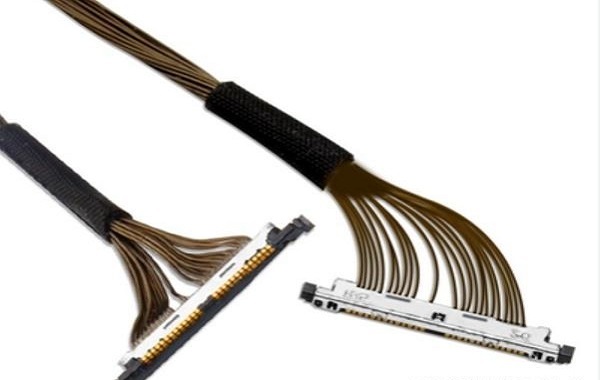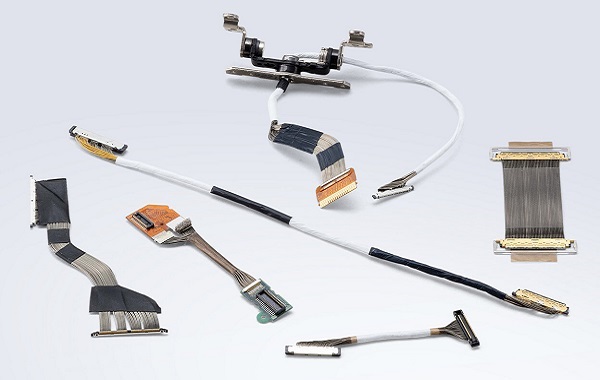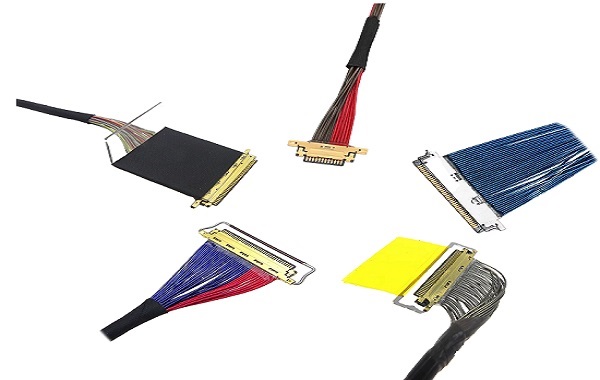Categorization:Harness Component

The importance of impedance matching
Impedance matching is the foundation of high-frequency signal transmission. If the probe cable impedance does not match the front-end circuit or test equipment, it is easy to generate signal reflection and distortion, affecting the accuracy of the test data. Common design impedance is 50Ω or 45Ω. In the test environment, maintaining consistent full-chain impedance can reduce errors and ensure the reliability and stability of the test results.
Bandwidth determines the signal limit
The bandwidth of the probe cable bundle directly affects its transmission capability. Insufficient bandwidth can lead to attenuation and even loss of high-frequency signals, affecting measurement accuracy. For example, in射频测试, 4K/8K video transmission, and millimeter wave radar verification, ultra-fine coaxial cable bundles with high bandwidth can better preserve signal details. Bandwidth performance usually depends on the cable bundle structure, the diameter of the central conductor, and the design of the shielding layer.
The outer sheath material and insulating material of the probe cable are equally critical. High-performance polymeric fluoropolymers (such as FEP, PTFE) are widely used in high-performance ultra-thin coaxial cables due to their low dielectric constant, high-temperature resistance, and flexibility. In scenarios where frequent insertion and removal or bending is required, these materials can extend the service life of the cable while ensuring the quality of signal transmission.

I am[Suzhou Huichengyuan Electronic Technology]Long-term focus on the design and customization of high-speed cable harnesses and ultra-fine coaxial cable harnesses, committed to providing customers with stable and reliable high-speed interconnect solutions. If you have related needs or want to learn more, please contact:Manager Zhang 18913228573 (WeChat same number)。